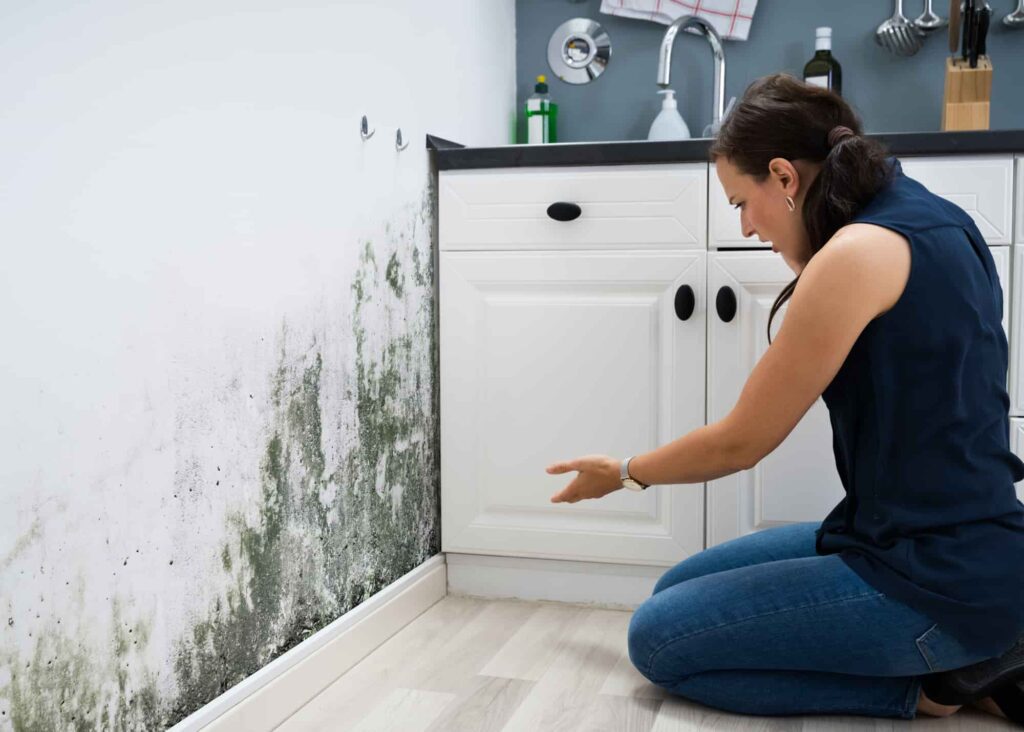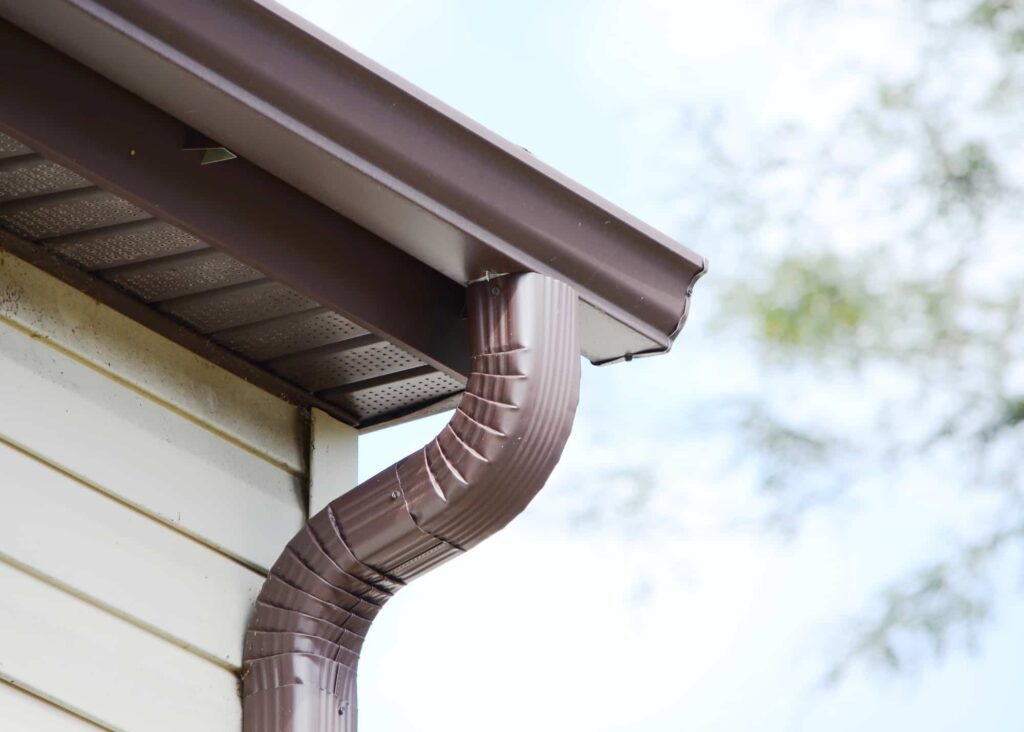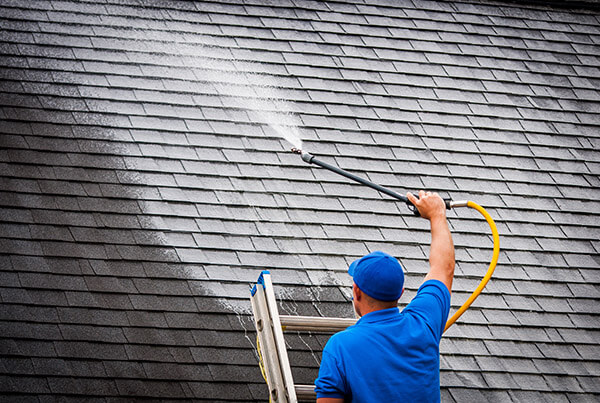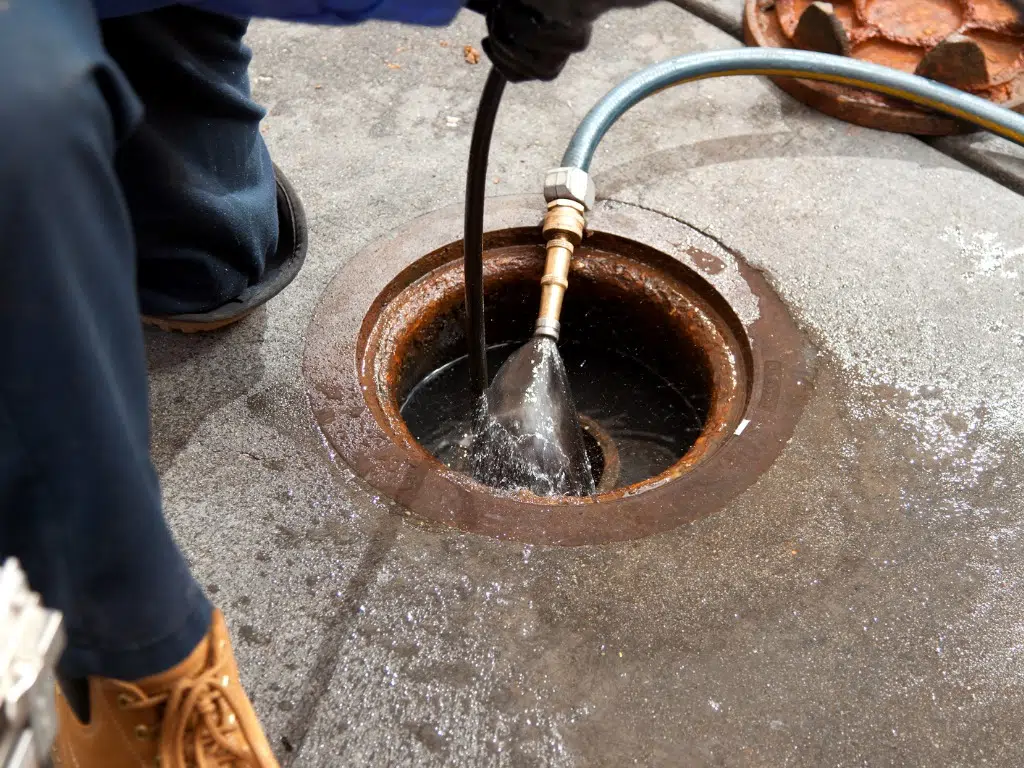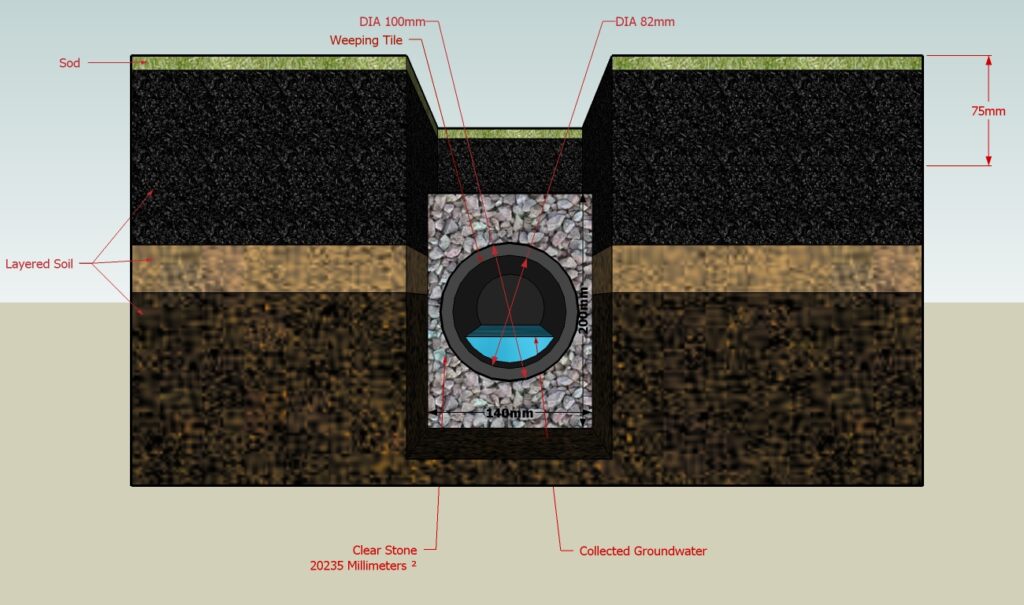If your lawn turns into a swamp every time it rains, you’re not alone. Drainage issues are a common headache for Illinois homeowners. Water pooling near foundations, spongy patches of grass—these problems can lead to expensive damage if left unchecked.
Most drainage issues have clear, fixable causes, however. Let’s look at the 10 most common lawn drainage problems we see across northern Illinois, and how a professional would typically solve them.
Drainage Problems in Northern Illinois
In northern Illinois and throughout the Chicagoland area, yard drainage can be a big problem for homeowners and business owners. Chicago and its suburbs have a flat landscape, and before the city was founded in 1889, it was home to marshland and slow-moving rivers.
Chicago’s Metropolitan Water Reclamation District (MWRD) has been funding projects for years to address flooding, such as the Tunnel and Reservoir Plan (TARP), or as it’s known locally, “Deep Tunnel.”
While these improvements have helped reduce some flooding in the area, homes and businesses can still be at risk of flooding, water damage, and saturated lawns when there’s heavy rainfall. That’s why it’s so important to check that your home has a flood control system before you move in and check your lawn periodically for signs of poor drainage.
How to Check for Yard Drainage Issues
Standing water is an obvious sign of a drainage problem, but it’s not the only one. Discolored grass, plants that don’t grow, and mold could also be signs of a poorly-drained lawn.
- Large puddles that don’t drain: If you notice puddles on your lawn that don’t drain within 24-48 hours after it rains, there’s nowhere for this water to go.
- Consistently soggy ground: A lawn that’s always a little damp isn’t normal.
- Discolored patches of grass: Patches on your lawn that are brown, yellow, or white could mean your lawn has a fungal disease.
- Stunted plants: Plants not growing properly? Especially in areas where water pools? That means those plants have too much water.
- Erosion marks: If you see gullies or lines in the soil where water has washed away topsoil, you probably have a drainage problem.
- Mold and mildew: Mold and mildew can grow in basements when there’s too much moisture from the lawn.
- Foundation damage: The soil erosion that results from too much water can also cause the foundation to shift and weaken over time.
- Flooded basement: Excess water can seep through the cracks and porous areas in your foundation walls, prompting mold and mildew growth in your basement. It can also damage your home’s electrical systems.
DIY Drainage Test
You can also do a small drainage test on your lawn to see if there really is an issue. Here’s how:
- Dig a hole 12 inches x 12 inches in your yard.
- Fill it all the way up with water and let it sit overnight.
- The next morning, fill the hole with water again.
- Every hour or two, measure how much water has drained from the hole.
- Calculate how many inches were drained per hour to get your average drainage rate.
If the entire 12-inch hole drains in less than 3 hours, you might have too much drainage. Mixing in compost with your soil can help improve water-holding capacity.
If the hole drains completely in 3-12 hours, your lawn drainage is adequate.
If the hole still has standing water after 12 hours, you have poor drainage and may need to investigate what’s causing it, or call a lawn drainage specialist.
Solutions to Common Illinois Yard Drainage Problems
When it comes to solving your lawn’s drainage problems, the best thing you can do is call an expert. You reduce the risk of making a mistake that ends up costing you more in the long run. If you’re dealing with serious lawn drainage problems, here’s how an expert will likely handle it.
1. Downspout Runoff
Downspouts that dump water too close to your home can leave your lawn soggy and flooded. The cause is usually gutters clogged with debris like leaves or twigs. It could also be a drainage system improperly installed. Downspouts should connect to underground pipes that direct water away from your home.
2. Sump Pump Runoff
Sump pumps are supposed to move water away from your home. So if there’s water flowing at the base of your house, it will run back down your foundation to be pumped back out again by your sump pump.
The solution is usually installing sump pump hoses, but there could be more than one way to solve this problem. It’s also better to check your sump pump is working in late winter, before the snow starts melting.
3. Muddy Patches
Muddy spots usually develop in low-lying areas of your lawn because the water has nowhere else to go. In some cases, a French drain can fix this problem. Other solutions might be a yard drain or dry well.
4. Standing Water
If you have standing water, there’s a possibility that your lawn isn’t graded properly. Even if it’s not obvious, there could be a slope to your yard that forces water to run “downhill” and pool in certain areas.
Often, the solution for standing water like this is re-grading the lawn. This is a big job that can take a long time without professional equipment and expertise, so usually recommend to clients to let specialists like Ware Landscaping handle it.
5. Soil Erosion
Heavy rains can wash away topsoil, leaving bare patches. Experts can address this by grading to create gentle slopes, installing buffer strips planted with deep-rooted grasses, or using hydroseeding to stabilize bare soil quickly. In Illinois, a mix of grass and mulch‑slurry can hold soil in place until roots establish.
6. Basement Flooding
Professionals will inspect exterior grading, downspouts, and sump pump outlets, and may add interior trench drains or waterproof the foundation walls. Sealing foundation cracks and installing interior drainage catchment systems combined with a sump pump helps carry the water away from your home.
7. High Water Table
In areas with a naturally high water table, rainwater has nowhere to drain, and prolonged saturation may damage your lawn or foundation. Drainage pros often install French drains or direct runoff into dry wells or detention basins that let water disperse slowly.
For critical areas (like under patios or forced‑drain zones), sump pumps can actively remove excess groundwater and avoid long‑term saturation.
8. Neighboring Yards
When water enters your yard from neighbors’ lawns, grading alone might not be enough. In these cases, our expert landscapers can install perimeter or curtain drains at the property edge to catch and redirect incoming water.
These hidden drains are linked to a series of underground pipes that carry the water to either a retention area or storm sewer, without becoming a visible eyesore or costly trench.
9. Foundation Cracks
To fix foundation cracks caused by excess moisture, experts will check grading and gutter overflow, then install French drains at the base of the foundation or waterproof the perimeter.
It helps direct water away from the foundation wall and prevents soil from expanding and contracting, which reduces the risk that cracks will grow.
10. Water Pooling on Pavement
If driveways or walkways fill with puddles after rain, it means these surfaces are impermeable. We might recommend installing surface channels (trench drains) or upgrading to permeable paving, such as porous concrete or pavers.
Underneath, we could also add gravel reservoirs and connect to drainage pipes, enabling water to filter naturally and ultimately keep hardscapes drier and safer.
Fix Drainage Problems Sooner Rather than Later
Even if your lawn looks lush and green on the surface, the soil beneath could be waterlogged, or moisture could be seeping into your foundation. If you leave drainage problems for too long, they can lead to even bigger problems—which end up costing you more to fix.
Here’s what poor yard drainage does to your lawn
- Soil compaction: When there’s too much water in your soil, there’s not enough room for air pockets. This makes the soil dense and compact, which prevents plant roots from growing, which in turn cuts off access to nutrients. Plants need water to thrive but too much water can essentially drown them.
- Root rot: Soil that’s constantly waterlogged deprives plants of oxygen over time. Without oxygen, the roots start rotting. Rotted roots lead to wilted, yellowing leaves and eventually, the plant dies.
- Fungus: Too much moisture in your lawn can cause fungi and diseases to grow. Brown patch, dollar spot, and pythium root rot. These diseases spread quickly and can ruin your lawn.
- Pests: Standing water attracts insects like mosquitoes. Slugs and snails, which can damage plants, love living in soggy conditions too.
If you don’t address lawn drainage issues and it leads to one of the other problems mentioned above, you’ll have to pay to fix both. Keeping an eye on your lawn and knowing the signs of drainage problems can help you resolve it quickly.
Fix Drainage Problems Before They Get Worse
Lawn drainage problems might seem small at first, but they can quickly turn into major issues. They damage your plants, your soil, and even your home’s foundation. The sooner you address them, the easier (and more affordable) they are to fix.
If you’ve noticed soggy spots, standing water, or signs of erosion in your yard, it’s time to take action. At Ware Landscaping, we’ve helped homeowners all across northern Illinois solve stubborn drainage problems with custom-designed solutions that actually work—and last.
Contact Ware Landscaping today for a free quote and let us help you protect your lawn and your home, rain or shine.


